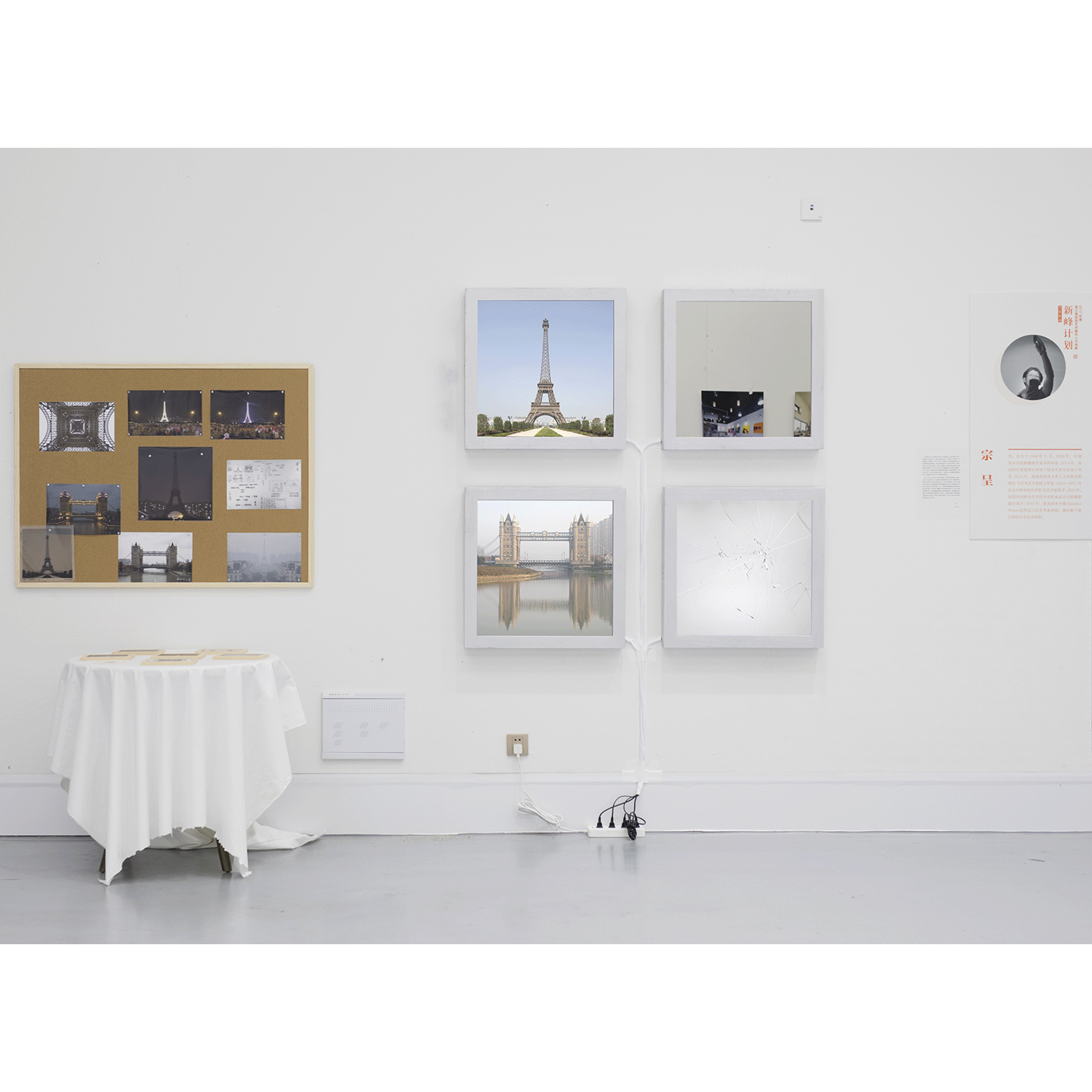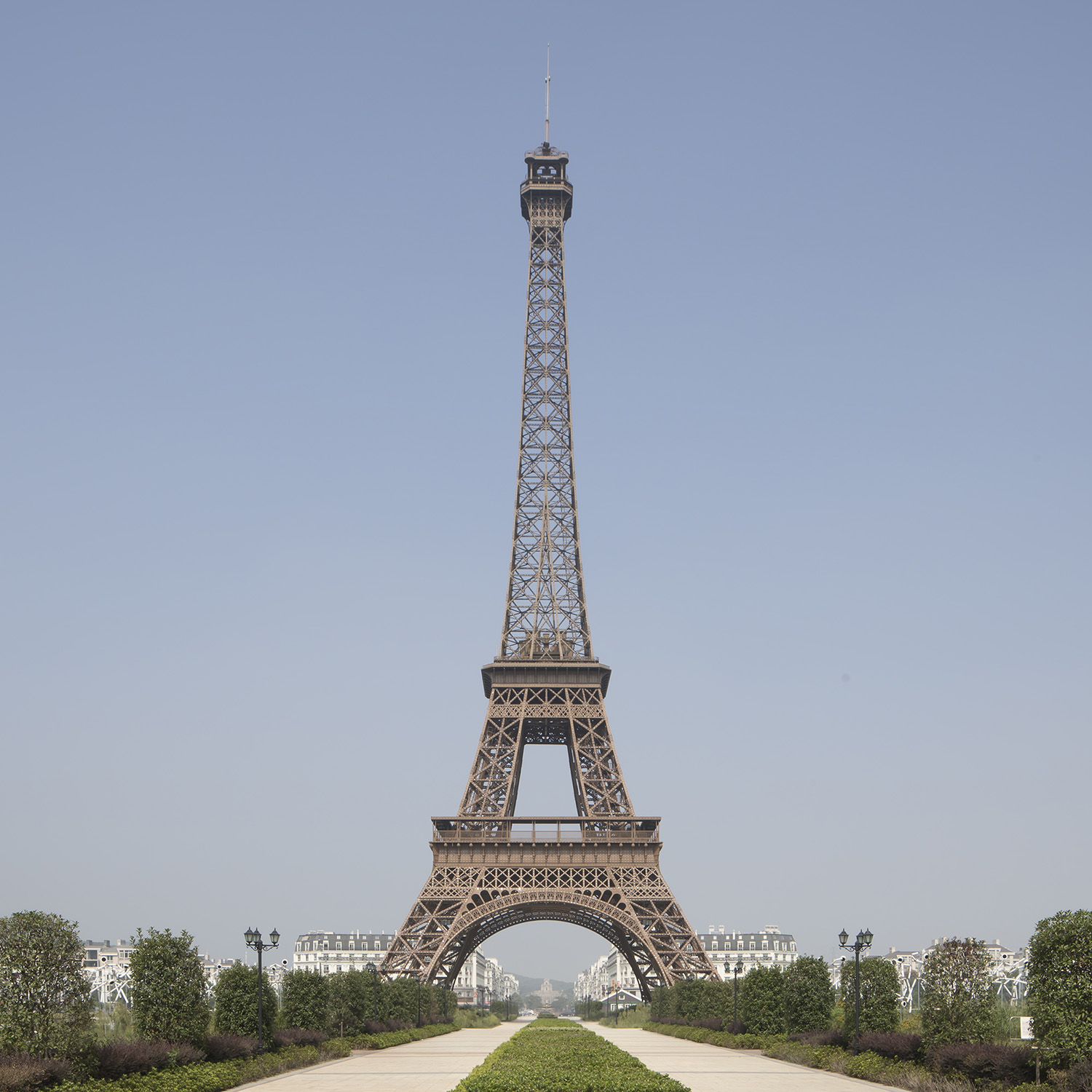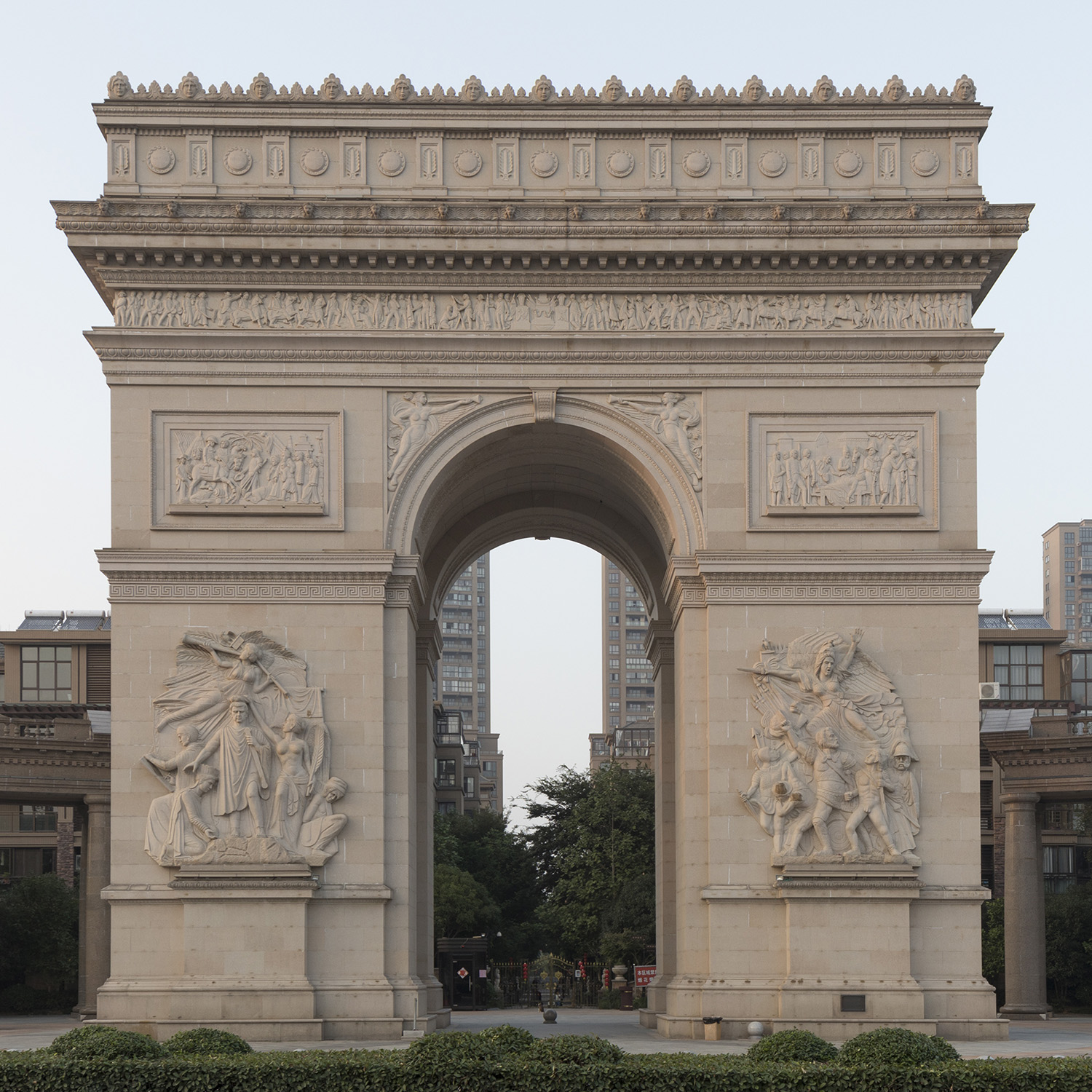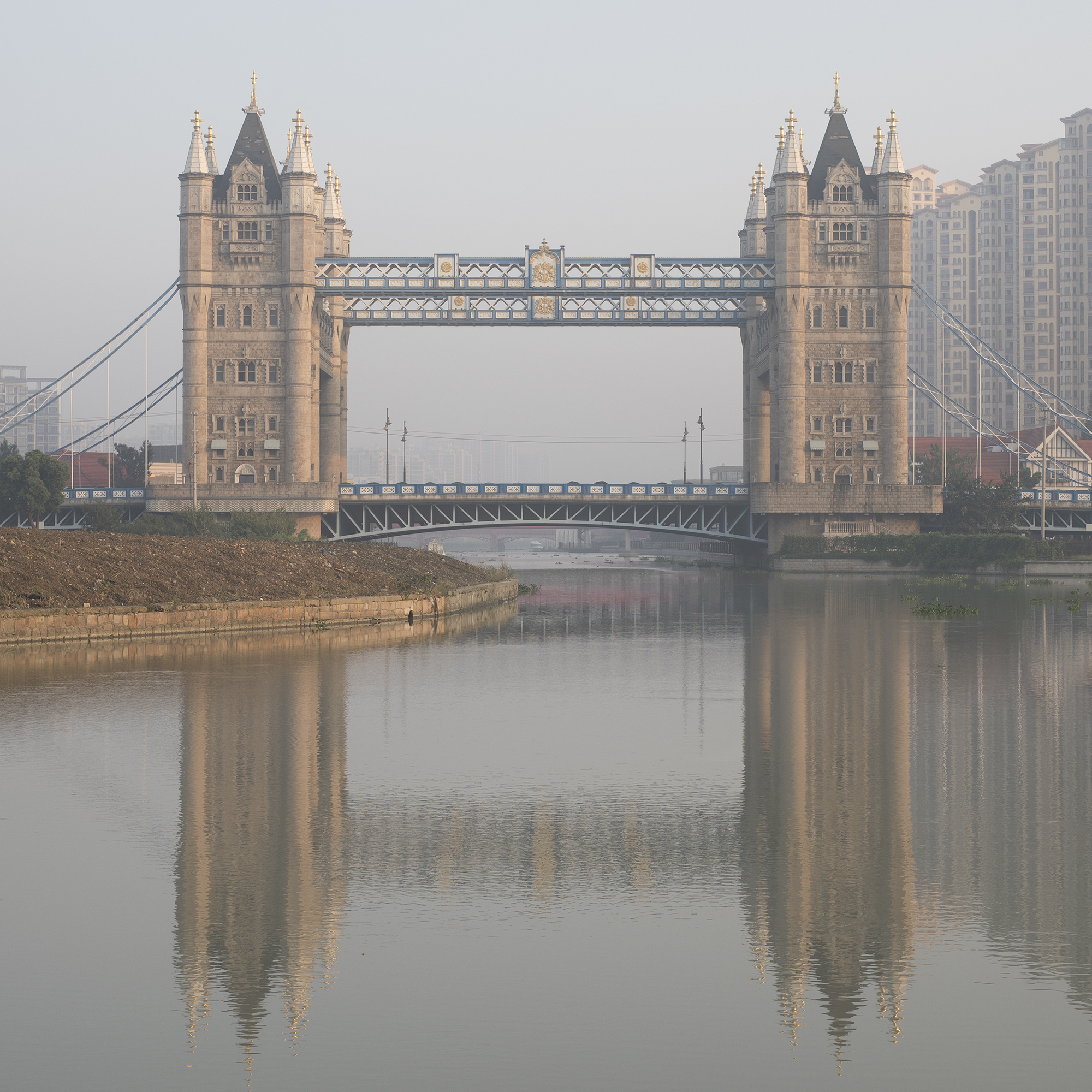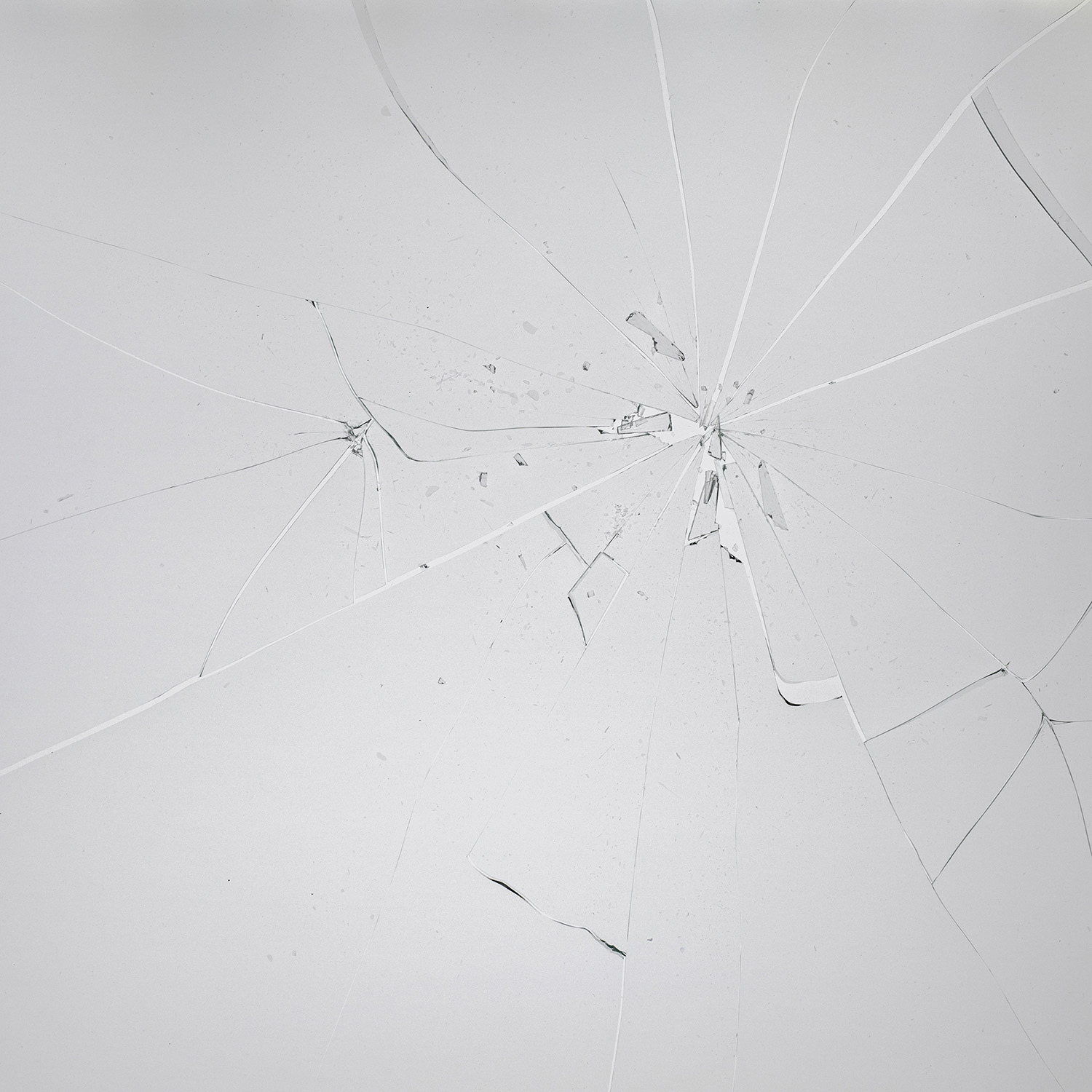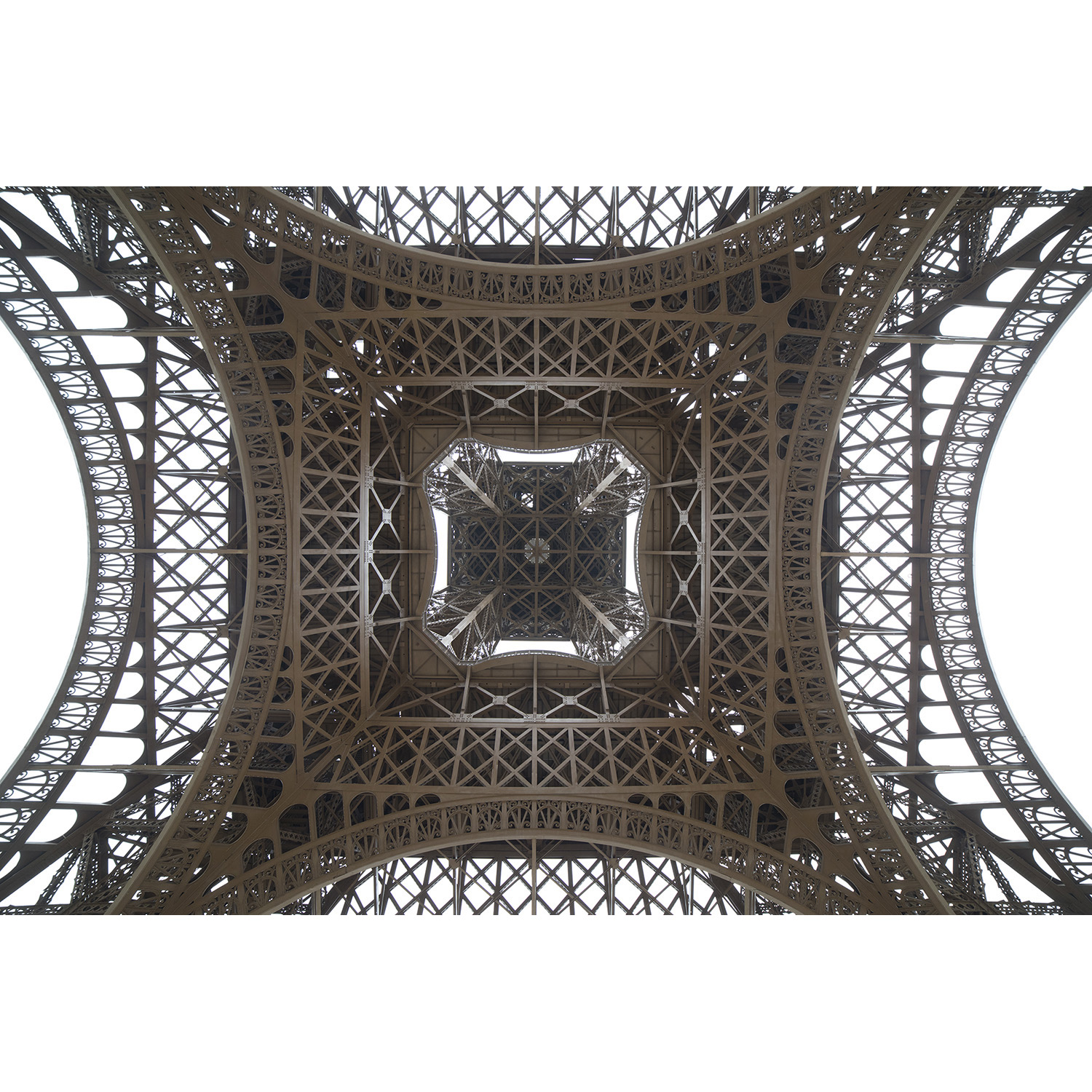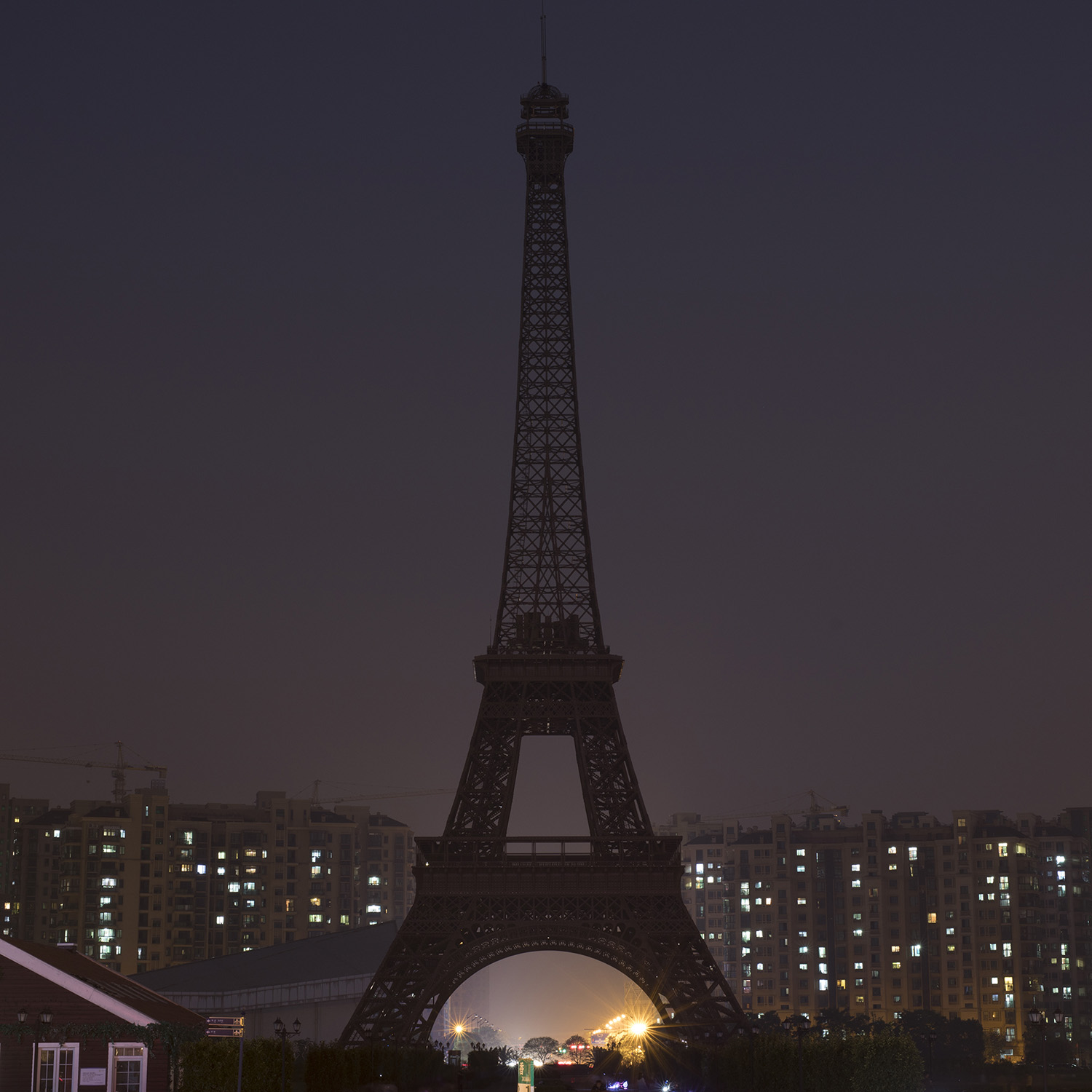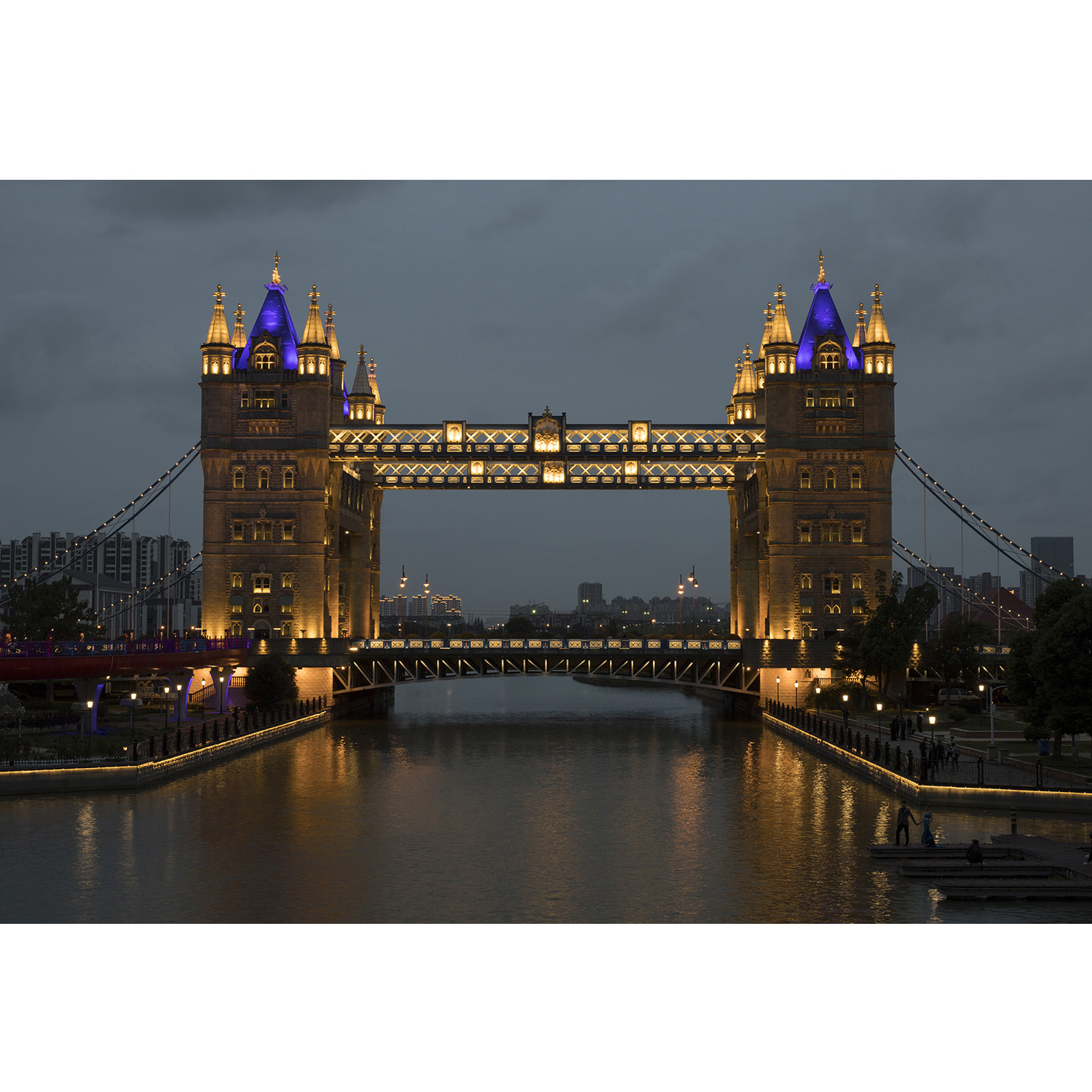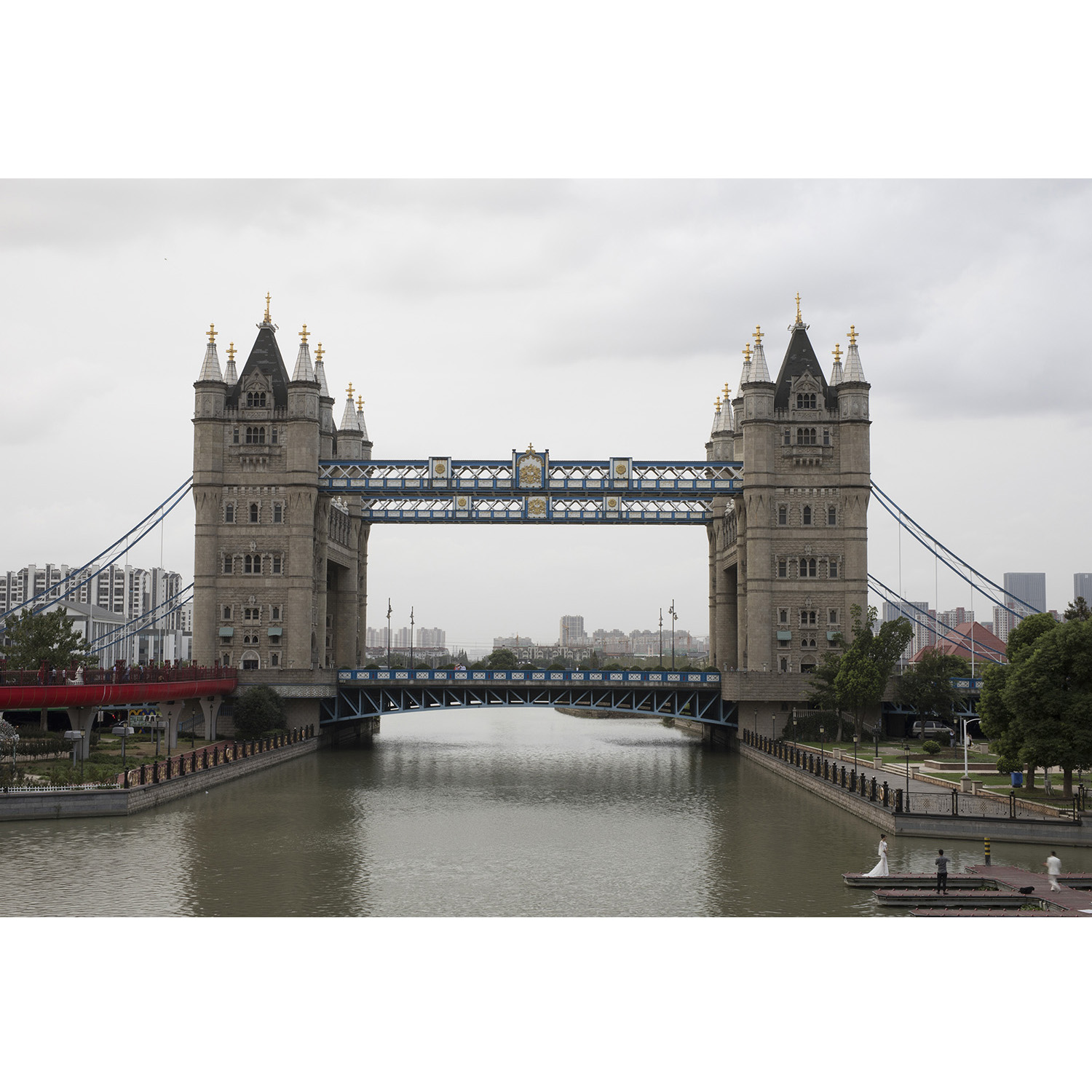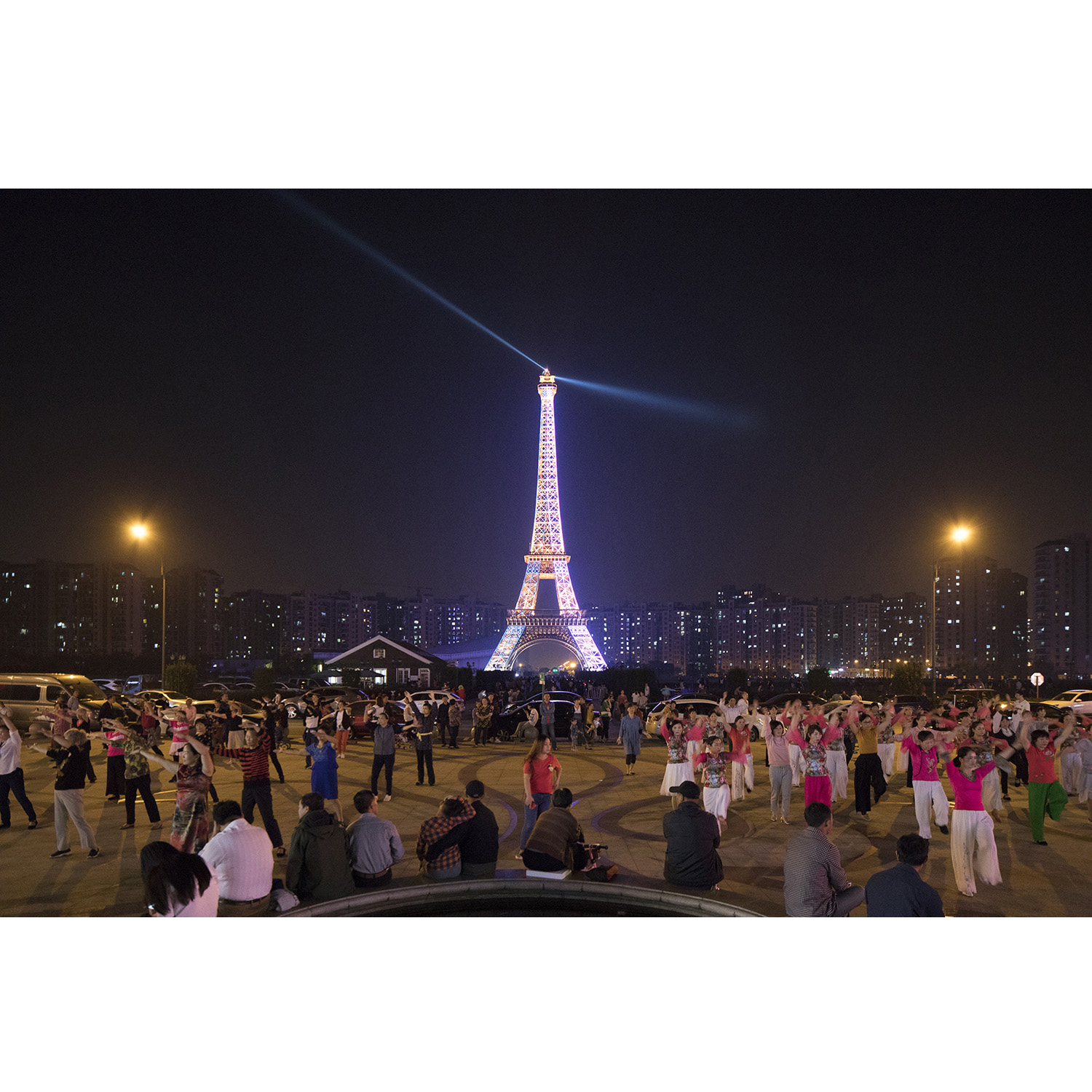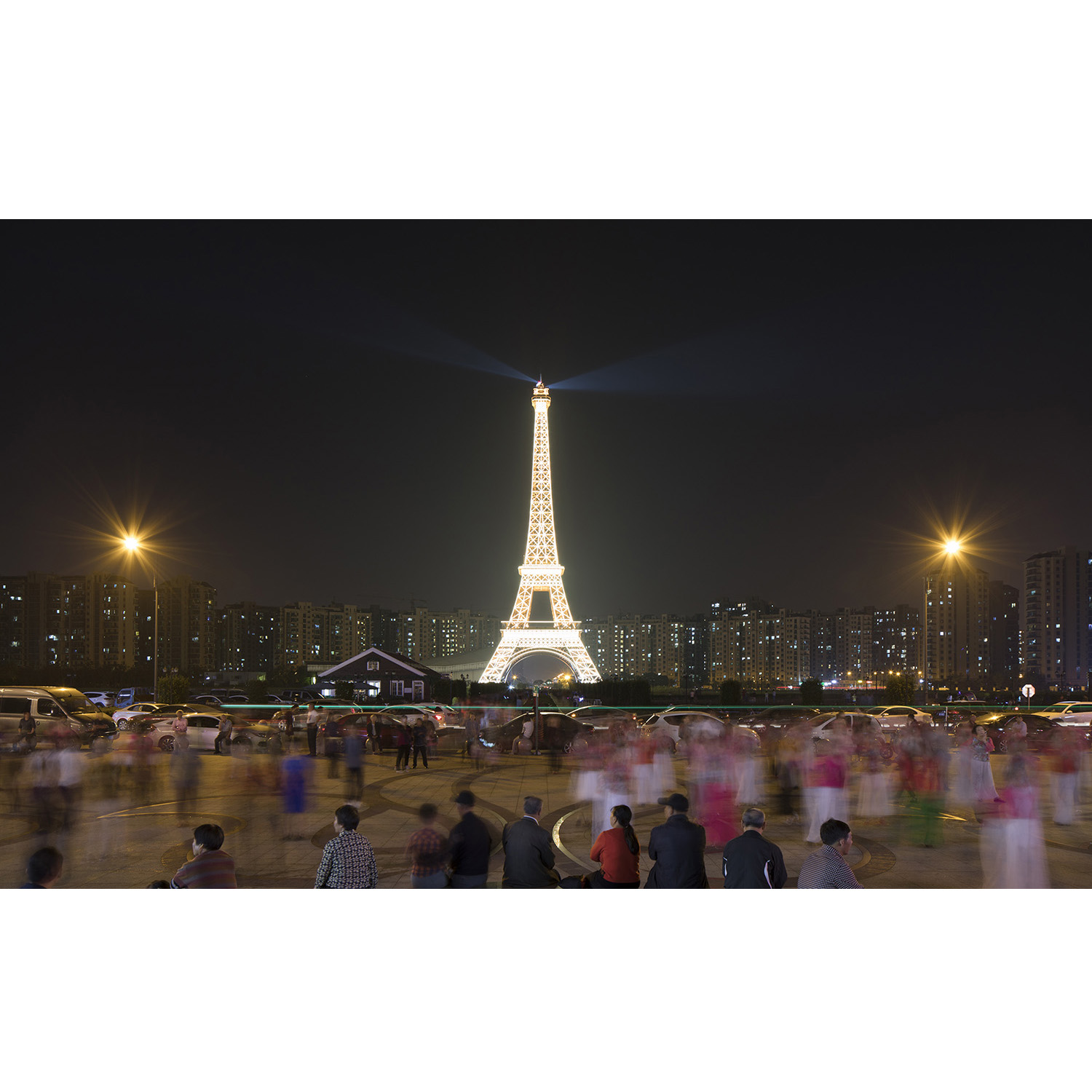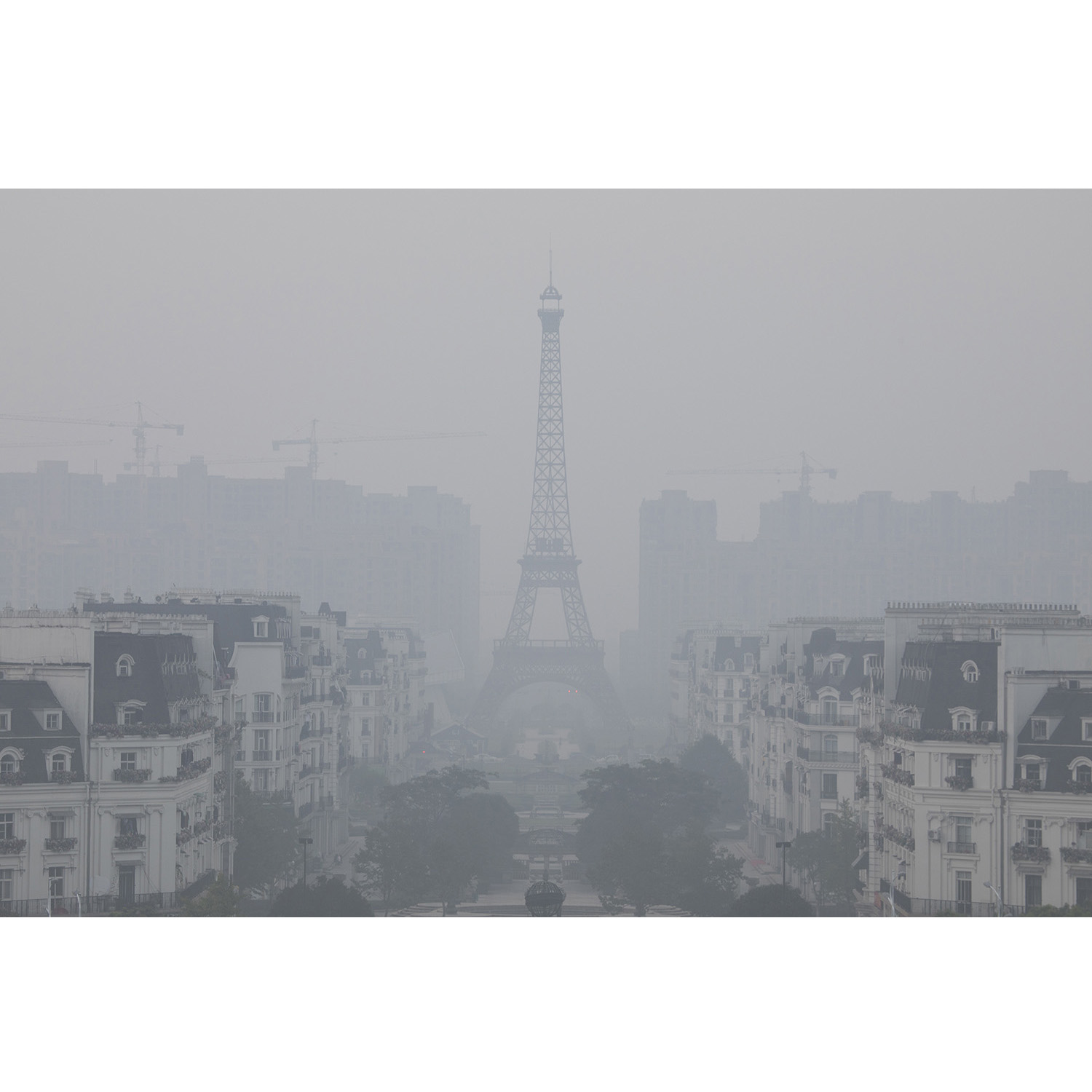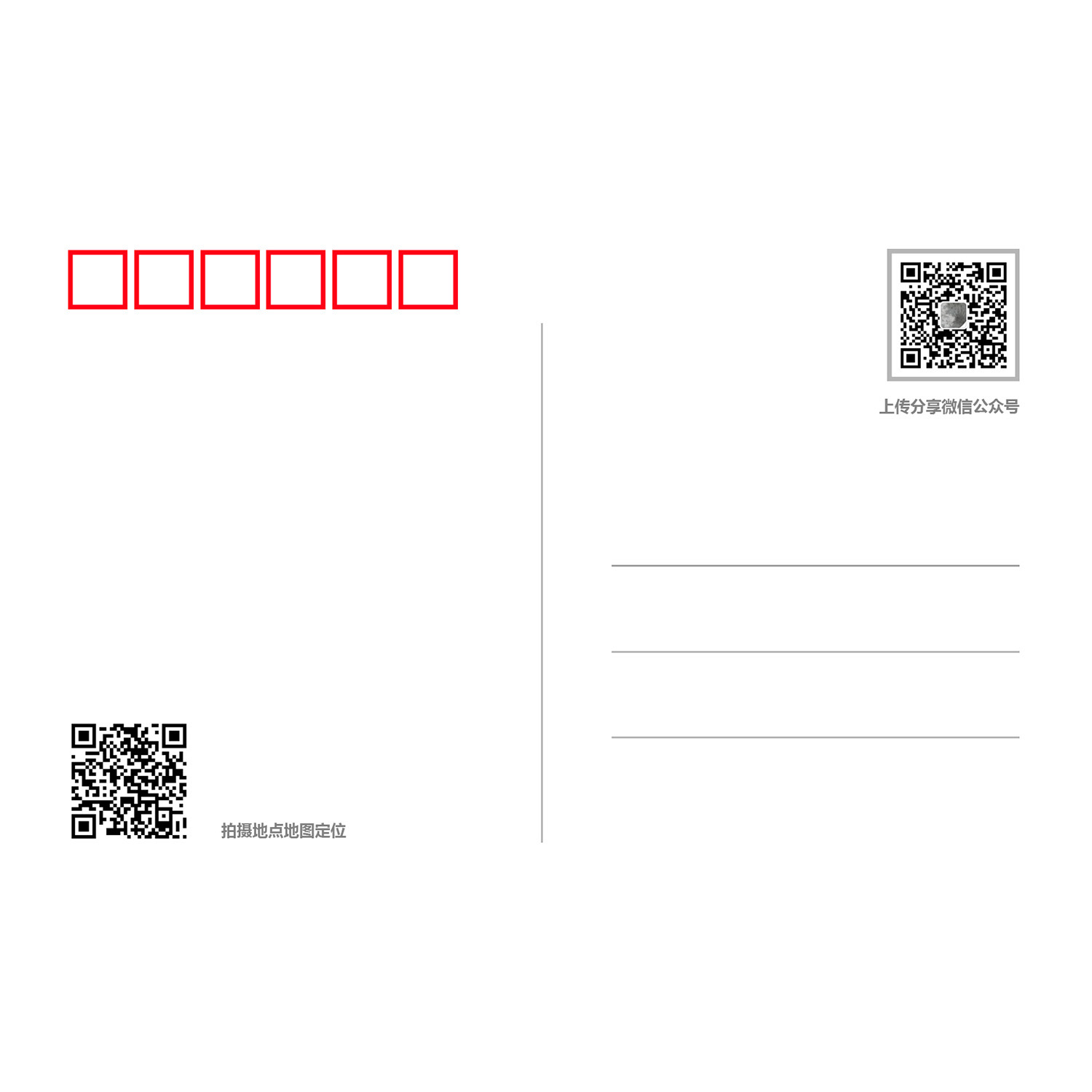2017 Mirage
In the series of works "Mirage", at first glance, they look like travel souvenir photos or typological photography. However, the author uses lighting, special reflective glass, film, time controller and other media materials to start from the appearance - the copycat foreign landmark buildings well known to the public, and further thinking about the consuming Images - "mirage" elaborately coined by the current landscape designers. , the audience sees the secondary landscape creator through light - the "mirage" reproduced by the photographer's camera, and then sees itself (mirror image) discontinuously in the flickering cybernetic lightbox. It is worth noting that the author did not place any building but a piece of broken glass in the last work of a series of four photographic installations. The appearance of broken glass may seem strange at first glance, but combined with the overall context created by the author's previous works, it gives rise to rich associations. The audience can comprehand the work as a response to the title of "Mirage", or it can also interpret it as an accidental state, or the author's simple thinking about images and layers. Through the combination of four pieces, the author creates a collision between concrete photography and abstract expression, creating a narrative like a surrealist comic strip. The reversal of the plot seems unexpected but also follows a certain logic.
In this series, the positive images in the flickering lights are truly still and erratic. Each image flashes on and off with a timing difference of one second from the previous image through the controller, just like different heartbeats, making the four images full of musical rhythm. The three-layer installation structure of special reflective glass, film images, and lighting panels is like the interlocking and layer-by-layer structure of human thinking, which deeply penetrates into this existence in the gap between time and space.

